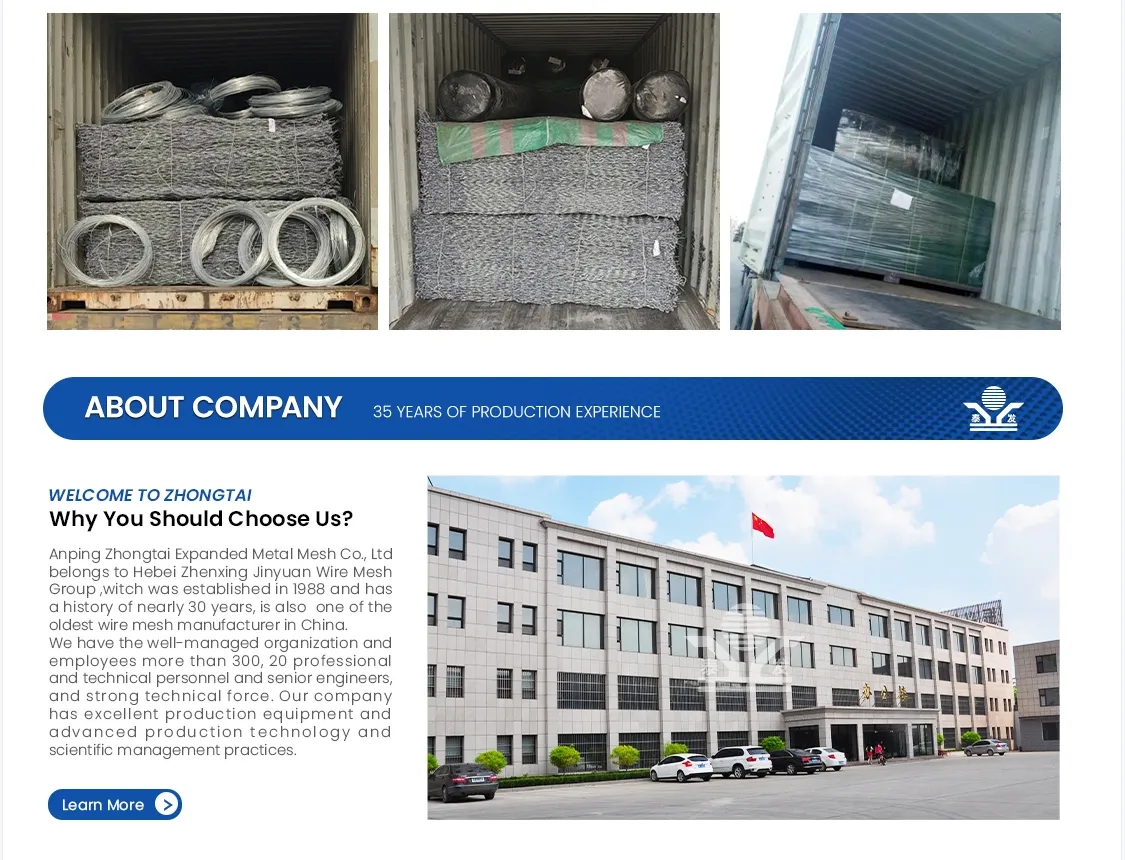Dust Control Fences An Essential Tool for Environmental Management
In an increasingly industrialized world, the need for effective environmental management has never been more critical. One of the paramount issues facing communities near construction sites, mining operations, and other outdoor activities is dust pollution. Dust not only poses health risks to individuals but can also harm surrounding ecosystems and contribute to broader environmental concerns. To mitigate these effects, one effective solution is the implementation of dust control fences.
Dust control fences, also known as dust barriers or dust suppression fences, are structures designed to intercept and reduce the amount of airborne dust produced during construction, demolition, or mining activities. These fences are typically made from various materials, including fabric, mesh, or solid panels, and are strategically positioned around the perimeter of a work site. Their primary purpose is to act as a physical barrier that prevents dust particles from becoming airborne and dispersing into the atmosphere.
One of the key benefits of dust control fences is their ability to significantly reduce the concentration of dust in the air. Studies have shown that the installation of these barriers can lead to a reduction in dust levels by as much as 50-90%, depending on the material and height of the fence. This reduction is not only vital for protecting the health of workers on the site but also for the surrounding communities and environments. Dust can cause respiratory issues, exacerbate allergies, and create various health problems for vulnerable populations, including children and the elderly.
dust control fence

In addition to health benefits, dust control fences also support regulatory compliance. Many jurisdictions have strict air quality regulations that require construction and mining operations to minimize dust emissions. By using dust control fences, companies can demonstrate their commitment to environmental stewardship and adhere to local, state, and federal regulations. This proactive approach can help avoid costly fines and enhance a company's reputation among the public and stakeholders.
Moreover, dust control fences can also play a role in improving operational efficiency. By reducing dust, these barriers can maintain a safer work environment, leading to fewer accidents related to poor visibility and respiratory issues among workers. In some cases, the reduction in dust can also enhance the performance of machinery and vehicles that might otherwise be hampered by dust accumulation.
Installation of dust control fences is a relatively straightforward process. Assessing the site and understanding the wind patterns are crucial for positioning the fences effectively. The height of the fence and the type of material selected will depend on the specific needs of the project. Proper maintenance is also essential; regular inspections and repairs will ensure that the fences remain effective throughout the project duration.
In conclusion, dust control fences are an invaluable tool for managing dust pollution in various industries. Their ability to reduce airborne particulate matter not only protects public health and the environment but also promotes regulatory compliance and enhances operational efficiency. As industries continue to expand and urban areas grow, the importance of dust control measures will only increase. Implementing effective solutions like dust control fences is not just a best practice—it is a necessity for sustainable development and responsible environmental management.
-
Versatility of Expanded Aluminum Metal for Various Applications
NewsMay.19,2025
-
The Geometry of Steel Gratings: Why It Matters
NewsMay.19,2025
-
Reinforcement Applications of Perforated Mesh in Masonry
NewsMay.19,2025
-
Essential Tools for Installing a Deck Mesh Railing
NewsMay.19,2025
-
Anti-Slip Flooring Made with Stainless Expanded Mesh
NewsMay.19,2025
-
Adjustable Steel Grating for Uneven Terrain
NewsMay.19,2025
Subscribe now!
Stay up to date with the latest on Fry Steeland industry news.

